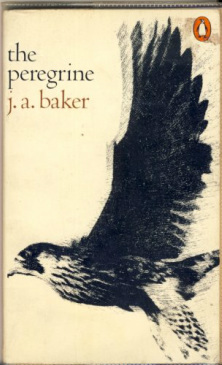
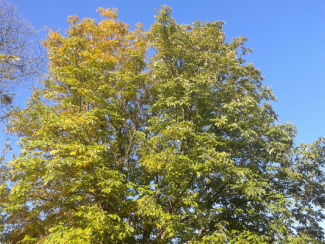
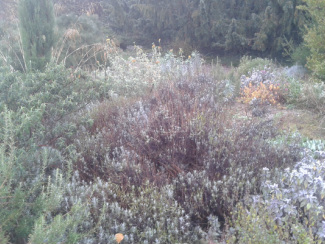
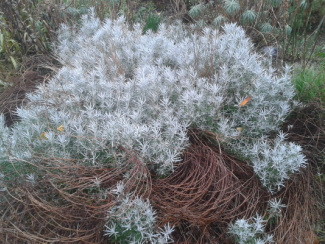 Helichrysum italicum
Helichrysum italicum 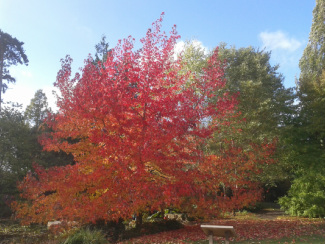
Then on to trees. FIrst, the American sweetgum, Liquidambar styraciflua whose crushed leaves have a lemony camphor scent. In Turkey, the gum from the tree is made into boiled sweets. Next, Cercidiphyllum japonicum pendula: walk on its delicately coloured fallen leaves in autumn and breathe in the smell of burnt sugar. Old-school gardeners were known to identify a plant by tasting - one particular tree has a bud which, when chewed, creates a mucus-like ball in the mouth! As for the 'headache tree', take one big sniff of its crushed leaves, and guess what?
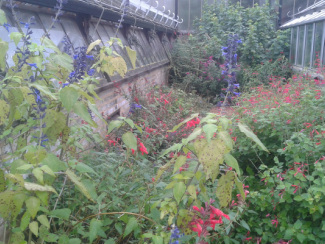
 RSS Feed
RSS Feed
